NEXT Wednesday (August 10th) sees the first show jumping action get underway from the ECCO FEI World Equestrian Games in Herning, Denmark.
Dressage bloodlines last week, show jumping bloodlines this week; while they may seem like different worlds the same themes of leading sires, studbooks and household names apply to both.
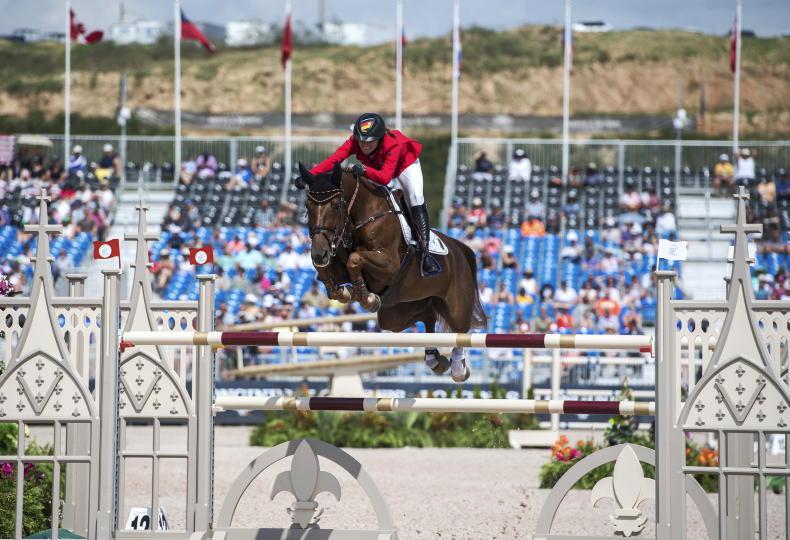



 This is a subscriber-only article
This is a subscriber-only article
 It looks like you're browsing in private mode
It looks like you're browsing in private mode




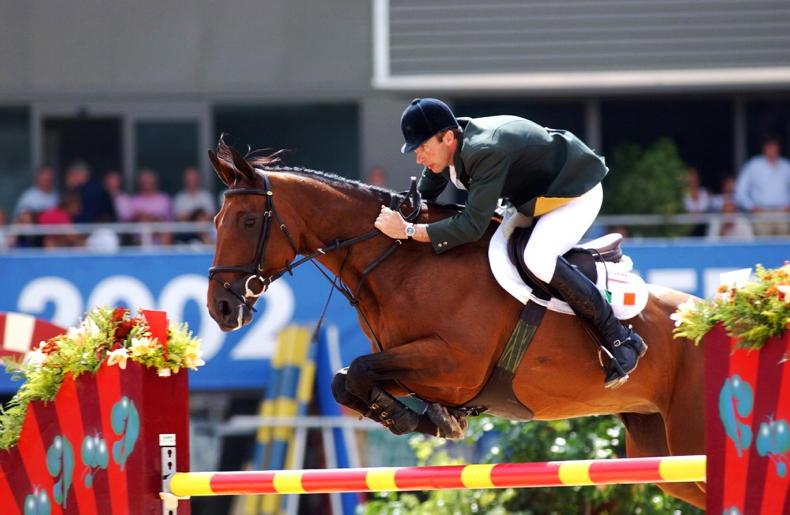
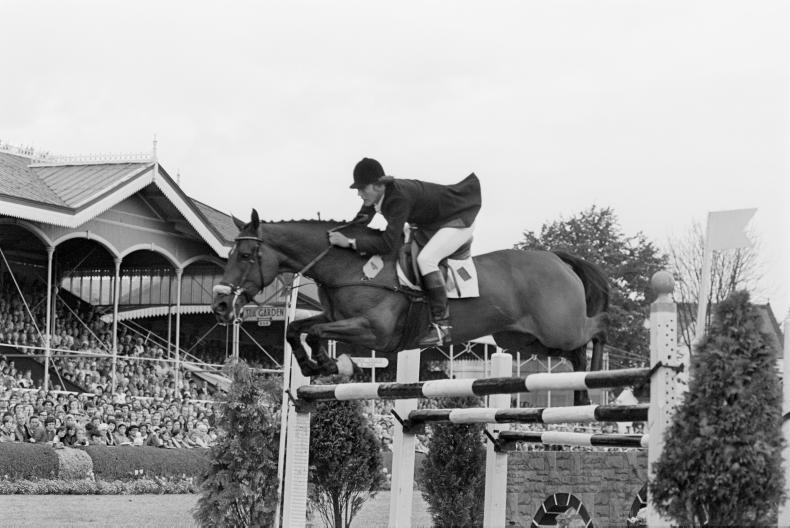
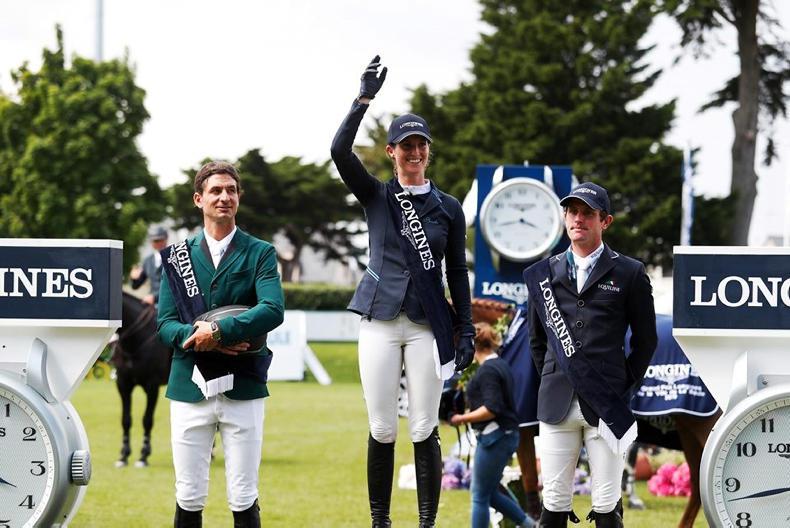

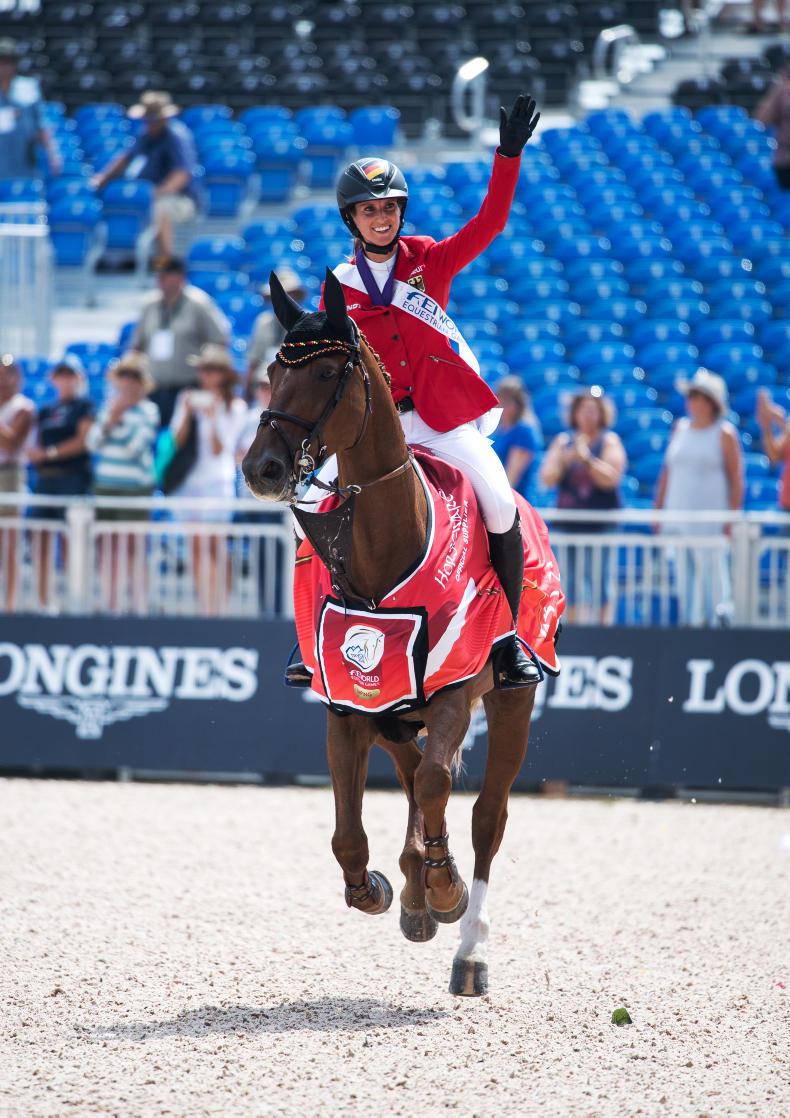


SHARING OPTIONS: